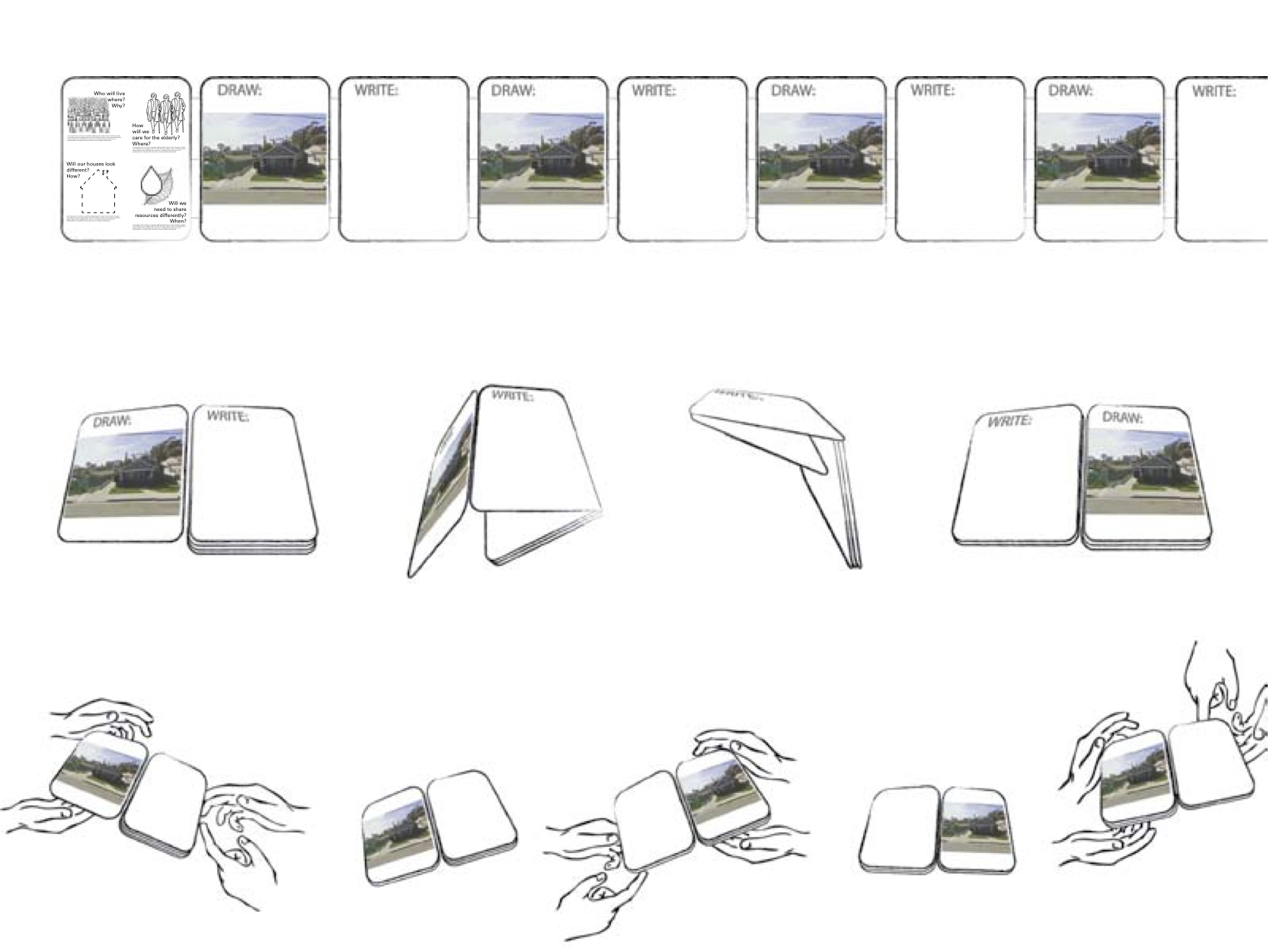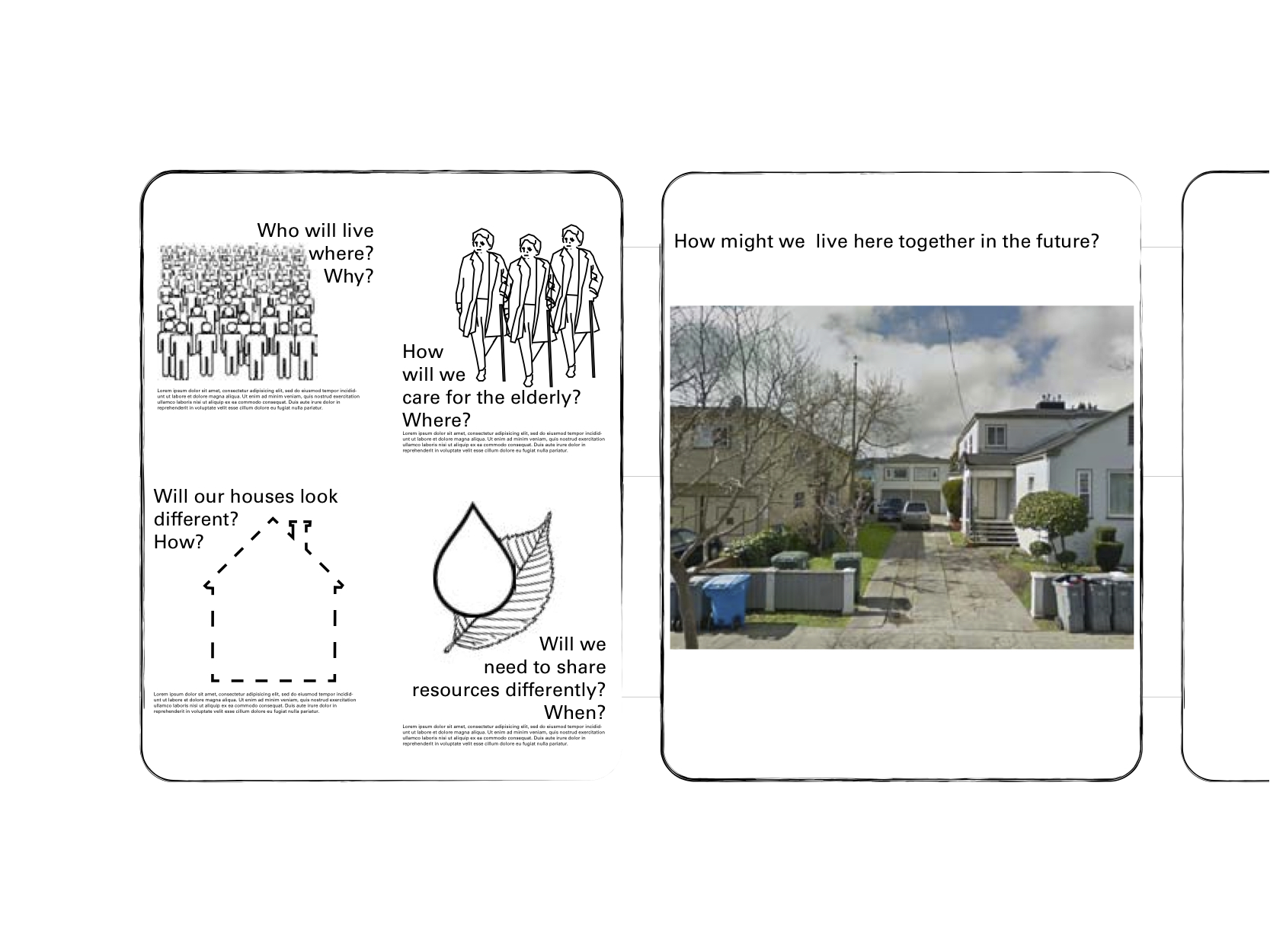Future Now
The IFTF Blog
Collaborative Drawing Games and the Future of California
This past week I've been working - alongside the other interns - on an interactive tool to help people engage with issues facing the future of California. Excited by the notion of people sketching out their own ideas about what the future might look like, I wondered: how might drawing be used to generate ideas about where and how we live?
I began thinking about the unique affordances that drawing might have beyond a text-based idea generation. Letting people explore ideas about the future visually might let them digress more from the familiar, potentially extending discussion in many directions - allowing people to both explore the absurd, and to touch on more sensitive topics in a more playful way.
The notion of drawing as a collaboration tool brought me back to thinking about basic art game mechanics - pictionary, exquisite corpse, and other games that ask people to build visual narratives together. As a tool for visioning the future, the basic mechanics might be as simple as pen and paper - prompt someone with an image of a location and a question, have them respond with a doodle, have the next person respond to that image with a sentence - and then have someone draw on the same image based on that sentence (and so on).

This idea might seem most applicable to issues faced most seriously in many Rust Belt cities - vacant land, abandoned buildings and industrial sites in need of reuse. But what might this format help to explore specifically in California?

With population set to increase substantially in the coming decades - and a particularly dramatic growth in the elderly population - the emergence of new types of housing needs, and the necessity of finding new ways to manage and share resources locally, we might ask: how will we live here together in the future? What future social arrangements might inhabit the places we already know?
In projects that gather ideas about the future of spaces from the public, some of the most exciting moments are when people go beyond simply aggregating their ideas in one place and begin to develop ideas off of one another. Group games involving collaborative drawing could allow for this kind of building process.
While the basic mechanics of drawing games don't need much more than pen and paper, the applications of location-based technology and touch interfaces may be far-reaching. With geolocation-based platforms and our growing ability to annotate our urban environments and share that information with others who pass through that space, I wonder how this might evolve beyond a new type of content into a new format for discussion and idea-building.
Thanks to Jason Tester, Anna Davies, Rachel Hatch, Jean Hagan, and Anthony Townsend for their guidance and feedback.



